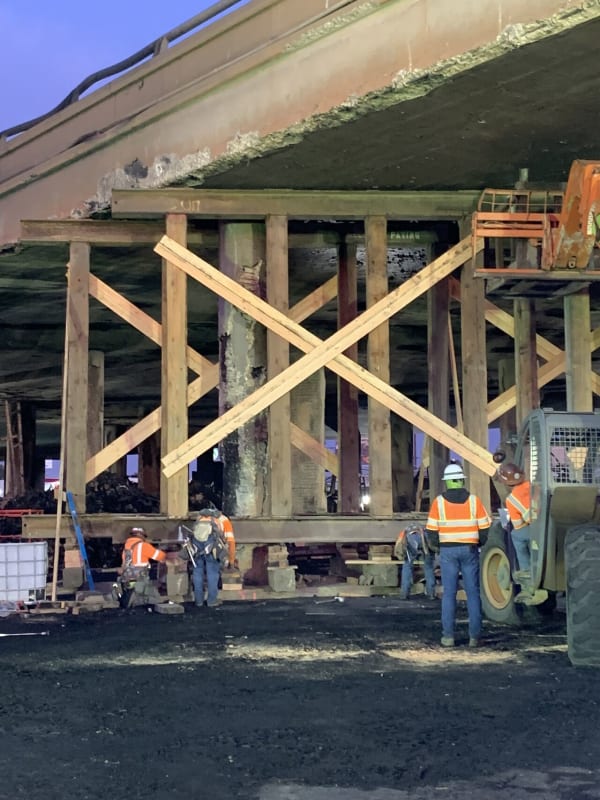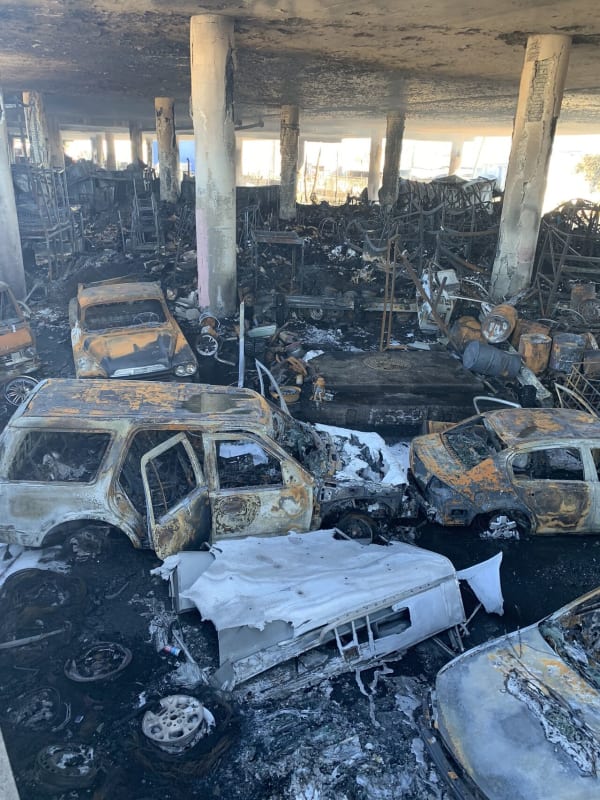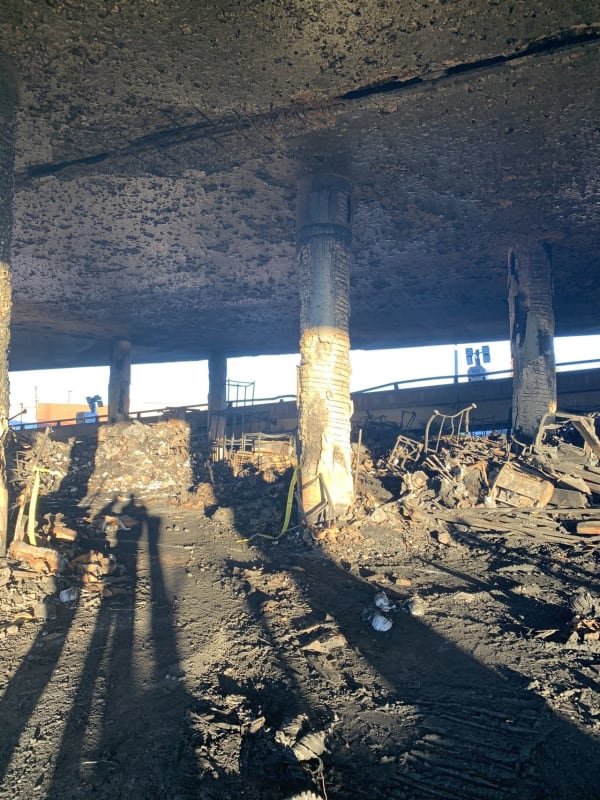ALK2415
Structural
- Sep 15, 2014
- 289
My question is that accepted Temp SHORING SYSTEM OF SUCH LARGE WEIGHT STRUCTURE ???
I even seen the 2nd leader of country tacking picture with this construction company ?
Iam confused ! this should be steel TEMP SHORING SYSTEM ?



I even seen the 2nd leader of country tacking picture with this construction company ?
Iam confused ! this should be steel TEMP SHORING SYSTEM ?



